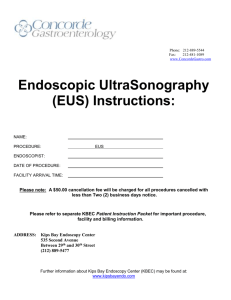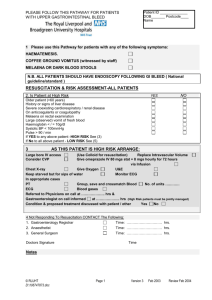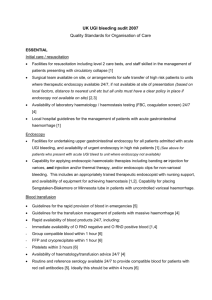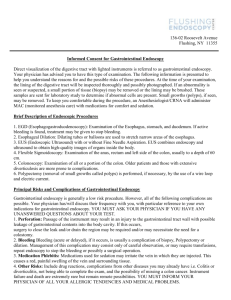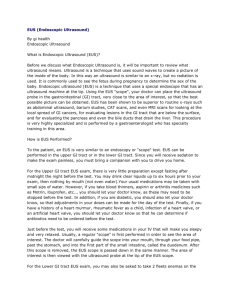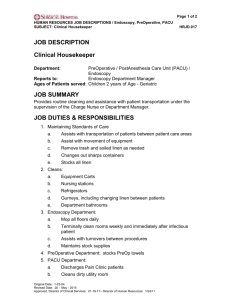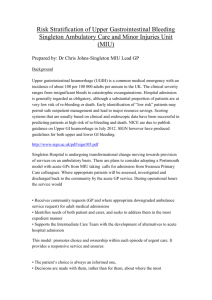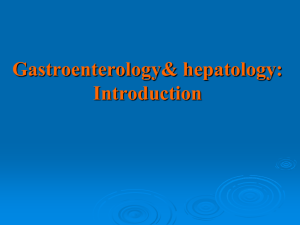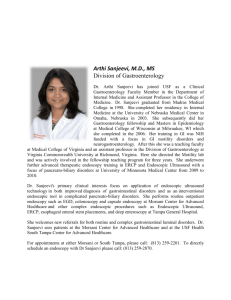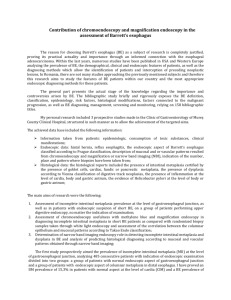Endoscopic UltraSonography (EUS) Instructions
advertisement
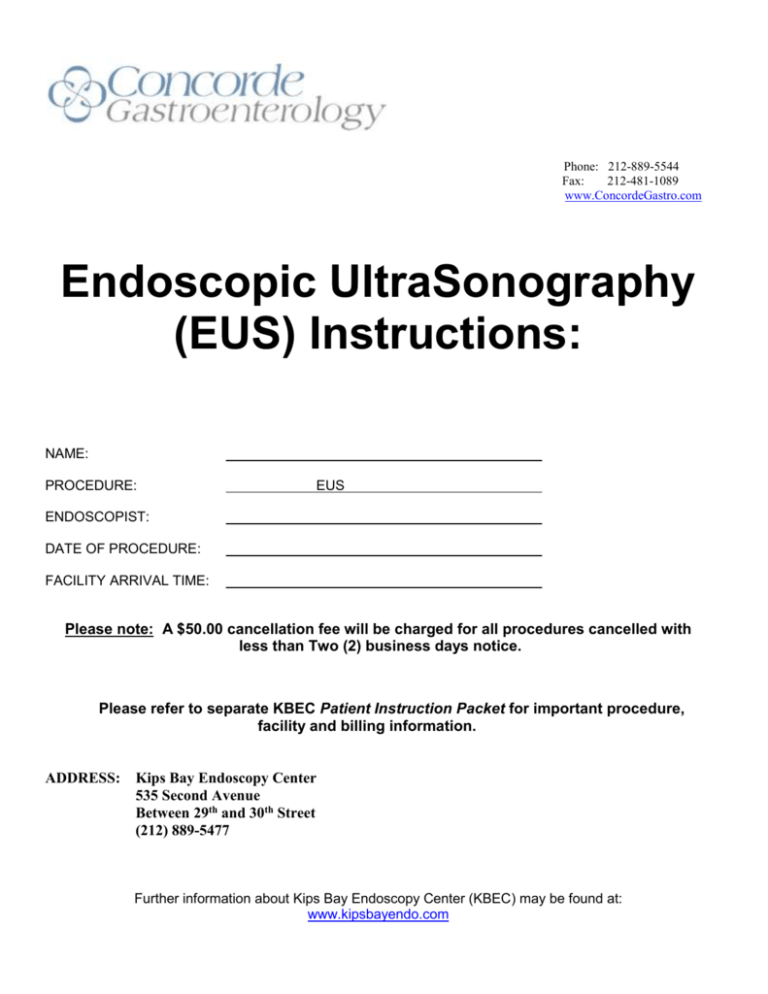
Phone: 212-889-5544 Fax: 212-481-1089 www.ConcordeGastro.com Endoscopic UltraSonography (EUS) Instructions: NAME: PROCEDURE: EUS ENDOSCOPIST: DATE OF PROCEDURE: FACILITY ARRIVAL TIME: Please note: A $50.00 cancellation fee will be charged for all procedures cancelled with less than Two (2) business days notice. Please refer to separate KBEC Patient Instruction Packet for important procedure, facility and billing information. ADDRESS: Kips Bay Endoscopy Center 535 Second Avenue Between 29th and 30th Street (212) 889-5477 Further information about Kips Bay Endoscopy Center (KBEC) may be found at: www.kipsbayendo.com Phone: 212-889-5544 Fax: 212-481-1089 www.ConcordeGastro.com PROCEDURE INFORMATION SHEET Endoscopic Ultrasonography, or EUS, is a combination of upper endoscopy with the high frequency soundwave technology known as ultrasound. This allows the doctor to examine tissues in detail, not only within the digestive tract, but also surrounding it. Like endoscopy, EUS uses a flexible tube called an endoscope. The doctor inserts this tube into the digestive tract through the mouth or rectum to examine internal organs. EUS is painless as regular endoscopy, although it takes longer because the examination is detailed. How is EUS different than regular endoscopy? Finding an abnormality with regular endoscopy is like seeing the tip of an iceberg. Endoscopy shows only the inner surface of the digestive tract and cannot show the abnormality beyond the visible surface. But in the same way a ship's sonar can depict the whole iceberg under water, the high-frequency of EUS reveals the full extent and nature of abnormalities, including information that is critical to accurate diagnosis and optimum care. In skilled hands, EUS can even locate abnormalities not detectable by any other means. *** Risks of the sedative medications include, but are not limited to, allergic reactions and respiratory depression. In addition, there are risks that may occur with any surgical or medical procedure. There can be no guarantees regarding the results of this procedure. Although endoscopic procedures are sensitive for the presence of gastrointestinal abnormalities, there is a risk that significant abnormalities of the gastrointestinal tract may not be detected by this procedure; this is especially true if the preparation of the gastrointestinal tract is not ideal. Further information about these procedures can be obtained at the following organization websites: The American College of Gastroenterology: www.acg.gi.org/patients The American Society for Gastrointestinal Endoscopy: www.askasge.org
